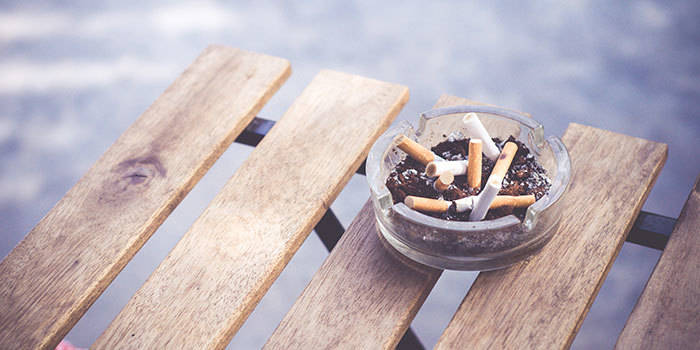Are You Exposed to Thirdhand Smoke?

You already know about secondhand smoke—the type you inhale if you’re sitting next to or near a smoker. It’s known to cause respiratory infections and respiratory symptoms (coughing, sneezing) in children and can increase the risk of heart attack and lung cancer in adults.
Recently, the U.S. Department of Energy’s Lawrence Berkeley National Laboratory identified the dangers of thirdhand smoke. According to recent studies, this could include similar health problems as those of second hand smoke as well as lung fibrosis. Research also showed that children could be at a higher risk to develop severe neurological disorders and both short-term and long-term health problems.
What is thirdhand smoke? If you’ve ever been in a smoker’s car or house and it smelled like cigarettes, even though there wasn’t a lit one nearby, you’ve experienced it. It occurs when the odor (noxious residue) from secondhand smoke is absorbed into furniture, car seats, carpets, and even dust particles.
When the particulate matter of thirdhand smoke interacts with nitrous acid (a type of air pollutant), it produces deadly carcinogens and anywhere from 5% to 60% of the predicted health damage from thirdhand smoke is still there up to 18 hours after the cigarette as been put out. During that 18-hour window, tobacco-volatile organic compounds such as paint, cleaning supplies, and even office equipment exceeded unsafe levels.
A separate study from the Berkeley Lab found thirdhand smoke can linger in the house for months and may even become more toxic over time and that regular cleaning methods such as vacuuming and ventilation were not an effective way to remove it. The only sure way to remove it was to repaint the walls, re-carpet the rooms, and get rid of the furniture.
The Tobacco-Related Disease Research Program has formed a consortium in California to conduct more research on thirdhand smoke and its effect on health. In the meantime, we urge you to consider this information before you light up.
